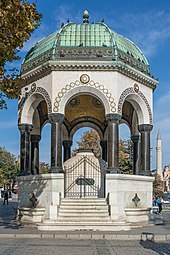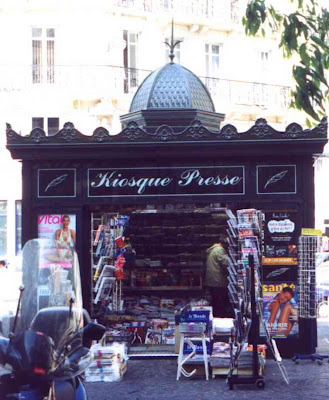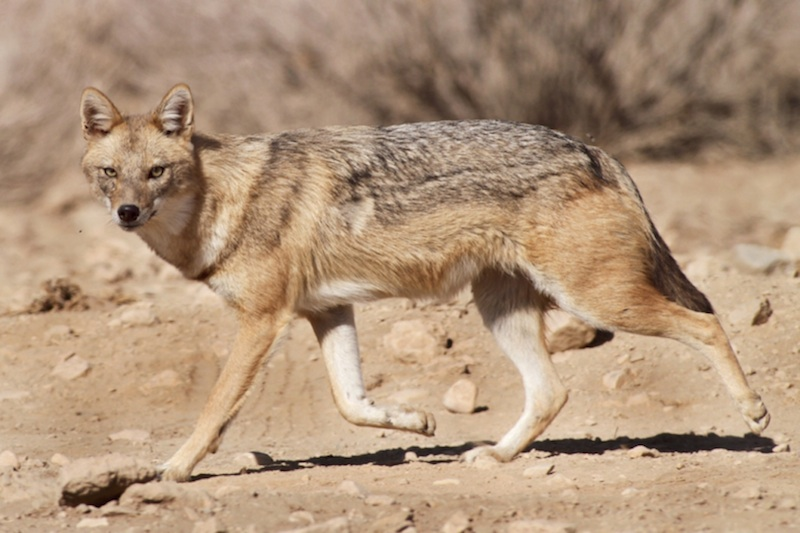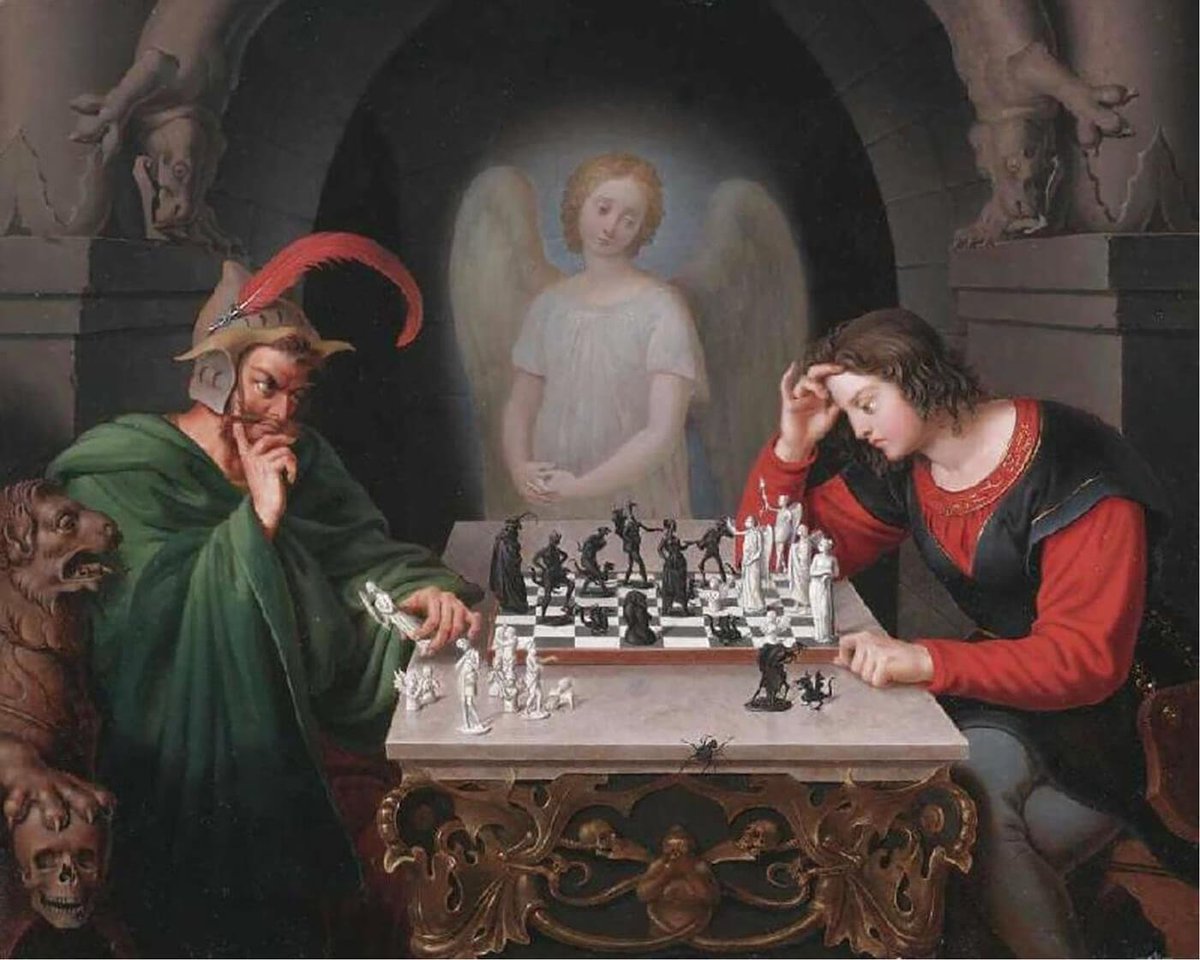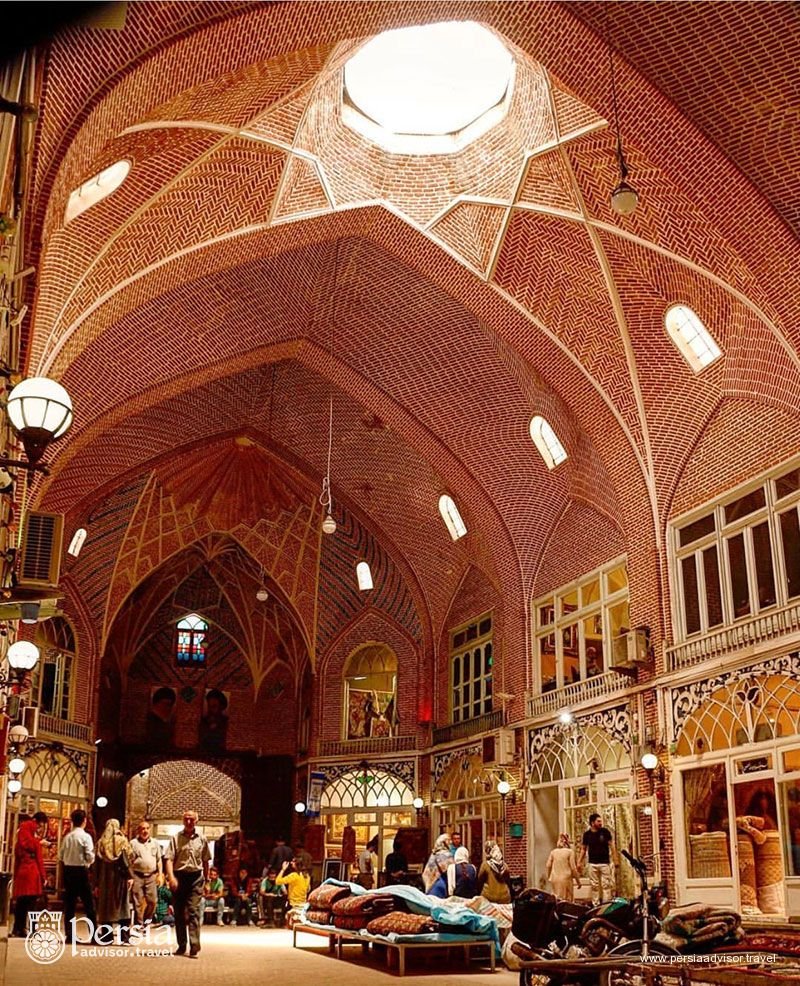🧵Many words we use today have roots in Persian. Here's a list of Persian-origin words that have woven their way into English.
Starting with
Magic - Derived from Old Persian 'maguš'. The mystical and religious connotations of this word are linked to Iranian Zoroastrian priests
Starting with
Magic - Derived from Old Persian 'maguš'. The mystical and religious connotations of this word are linked to Iranian Zoroastrian priests

Pistachio - From Persian 'pistah', a type of nut. Nut names often have ancient roots. Iran is also currently the second largest pistachio exporter and has historically been a centre for such trade. 

Orange, derived from Persian 'nārang,' reflects its cultural journey from the Silk Road to global kitchens, embodying the rich heritage and influence of Iranian trade. 

"Scarlet" traces back to Persian 'saghilat', denoting luxurious cloth. This reflects the deep history of Persian textiles in global fashion evolution. This color and cloth became a luxury coronation item among European elites. 
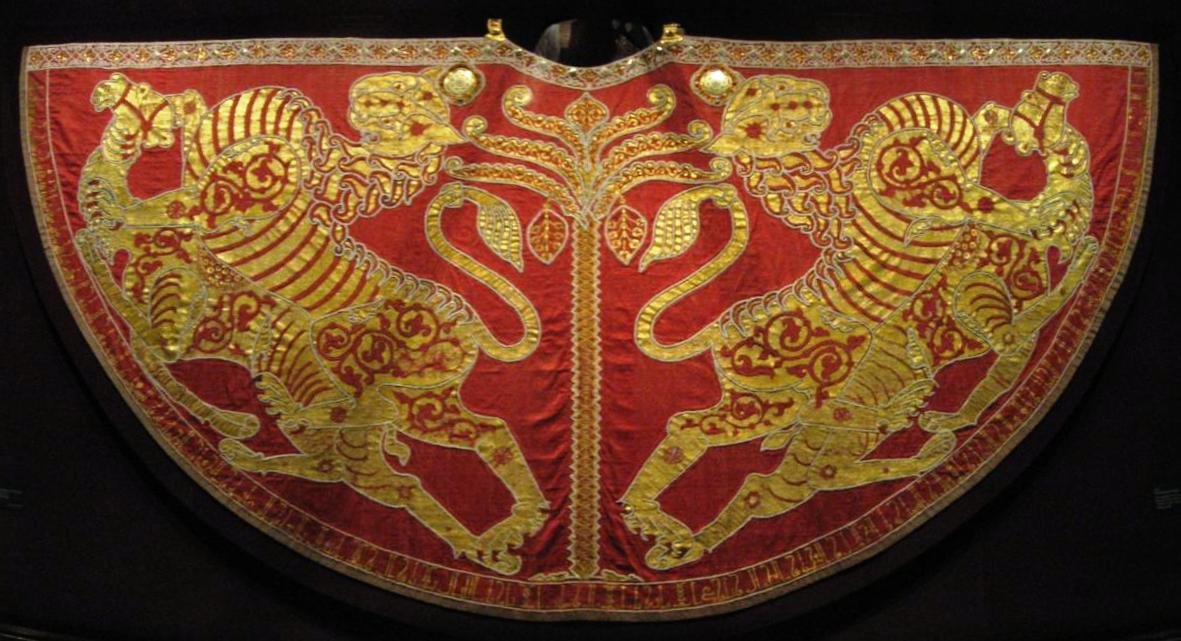
"Candy" originates from the Persian 'qand' for sugar, highlighting the sweet evolution from ancient sugar crystals to today's treats. 

Tulips were first cultivated in Iran and hence "Tulip" comes from Persian 'dulband', symbolizing its journey from Persian ornamental gardens to a Dutch cultural emblem. 
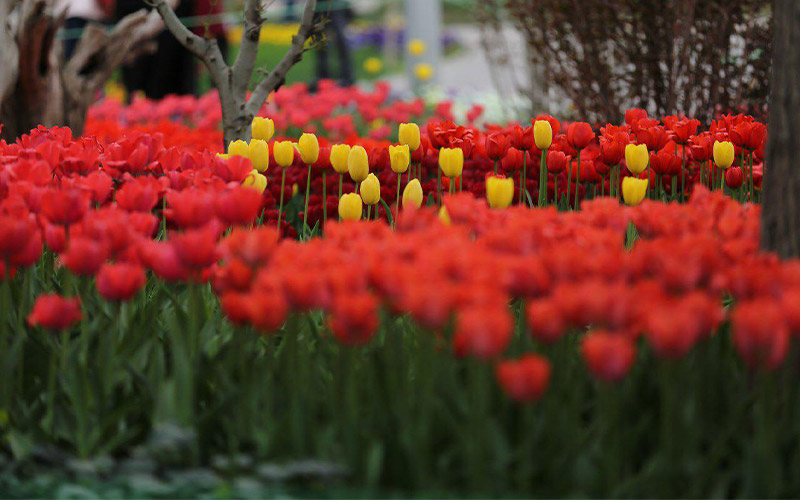
Tambourine - From Persian 'tombāl' or 'dombāl', a musical instrument. Musical terms often have multicultural roots. 
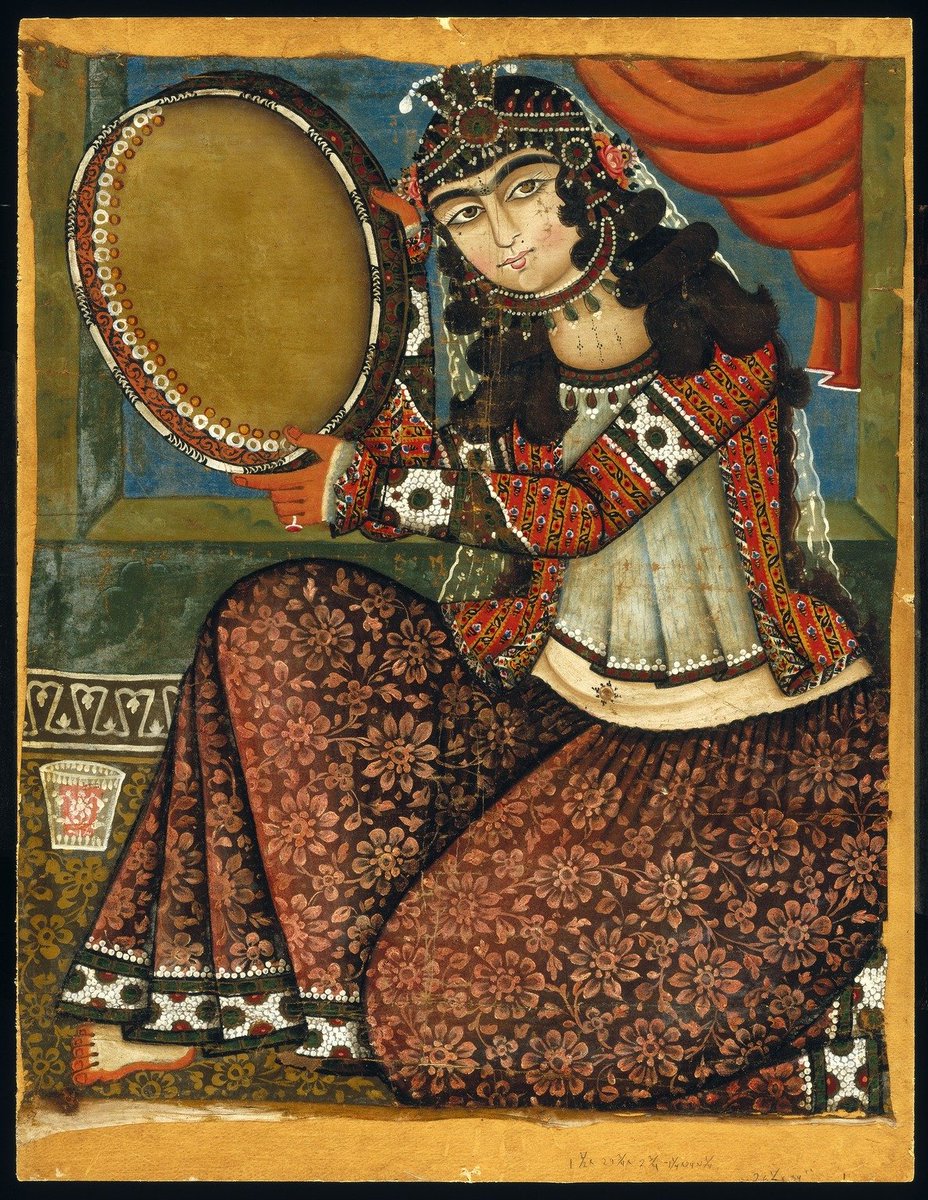
Spinach - From Persian 'aspanākh', a green leafy vegetable. The spread of crops is mirrored in language. 

Shawl - From Persian 'shal', a type of clothing. Textile terms often have diverse origins and this reflects trade from the Silk Road, from the likes of Persian Shawl merchants.


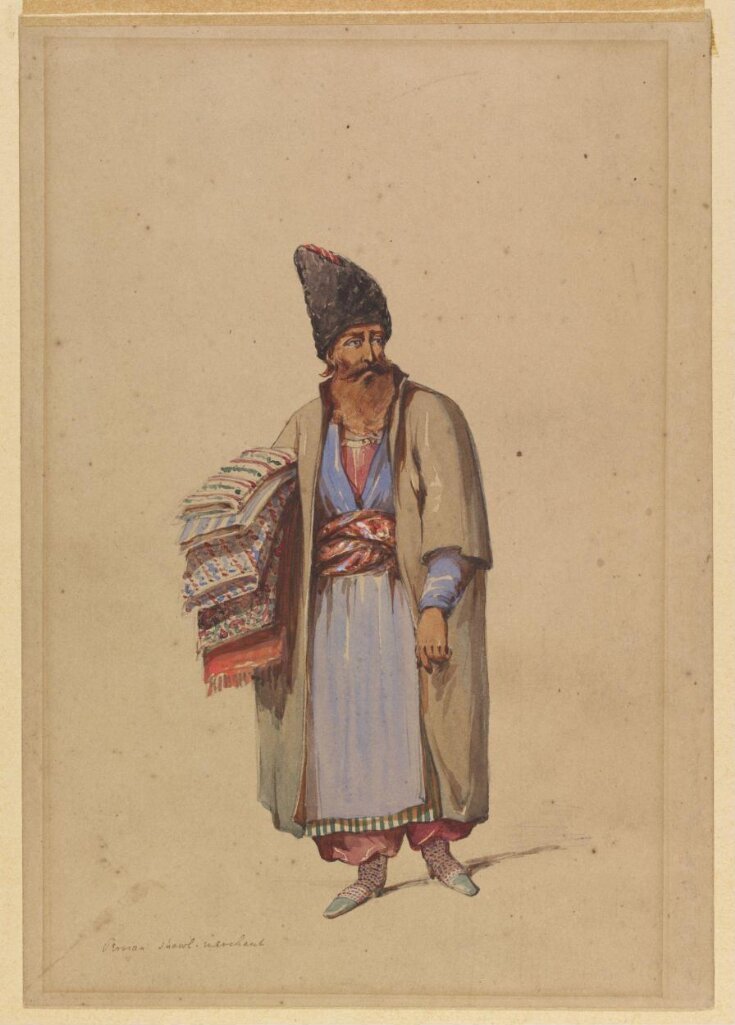

Saffron, derived from the Persian 'zaʻfarān'. Cultivated from the delicate crocus flower, each strand tells a story of ancient trade, opulence, and the painstaking labor of hand-picking thousands of flowers. Iran is the chief exporter of this luxurious spice.


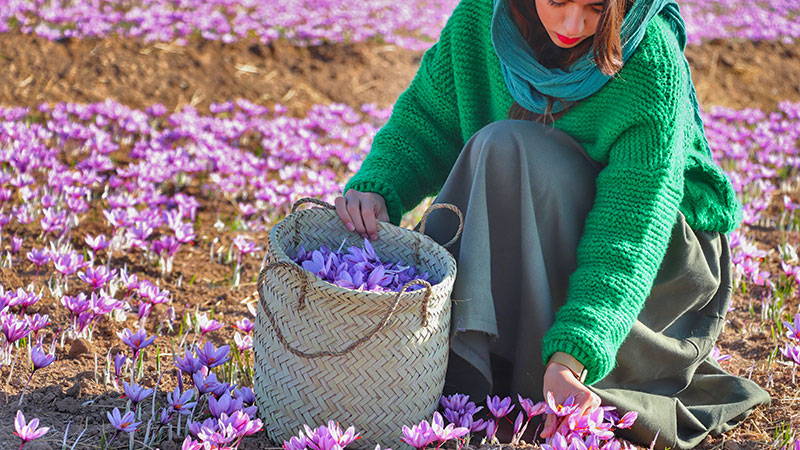
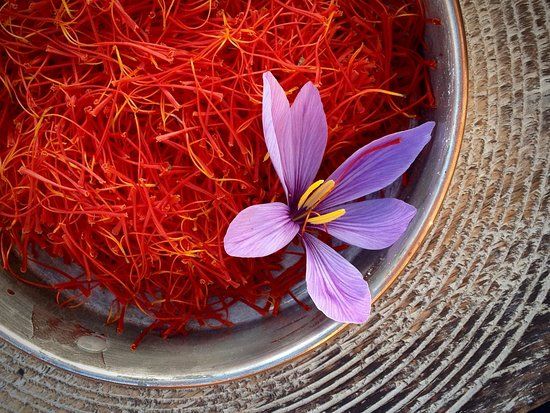
Paradise, from Persian 'pardis' for walled garden, has grown from a term for earthly sanctuaries to symbolize a heavenly utopia.


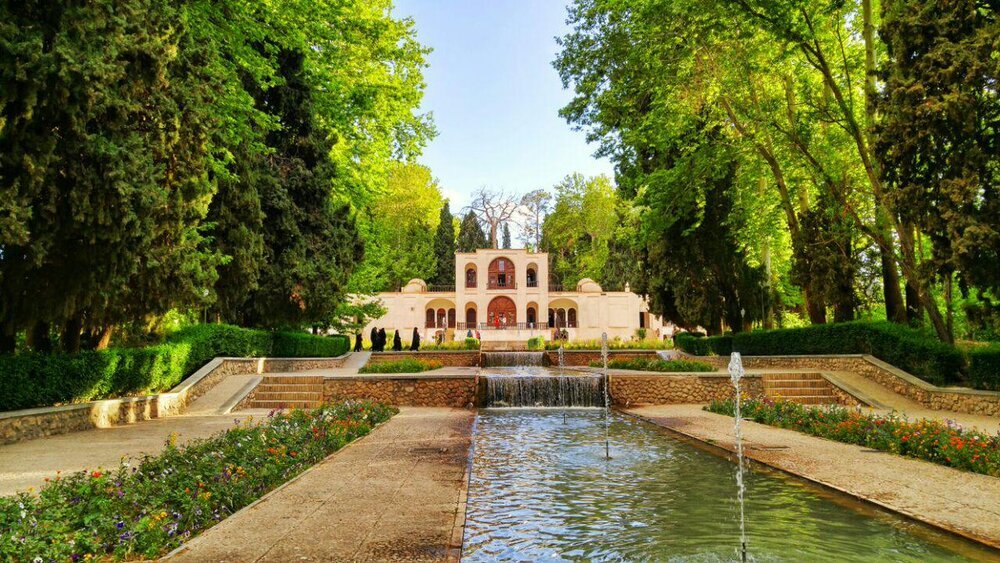
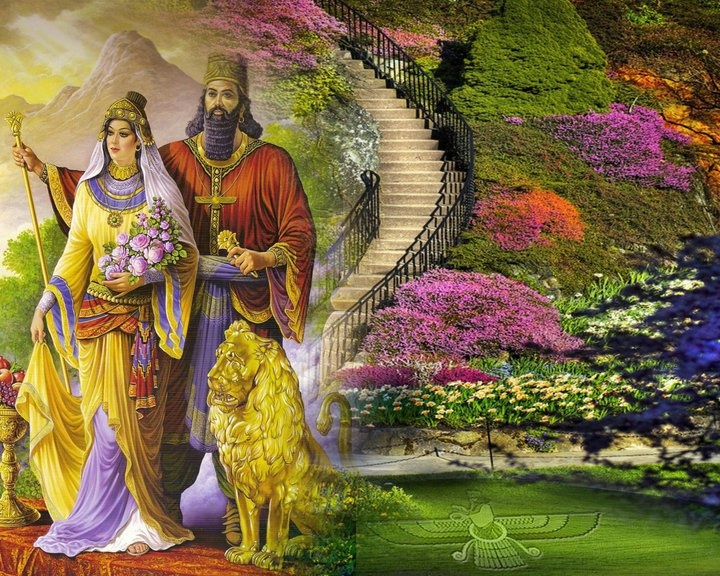
Lemon - Comes from Persian 'līmūn', a citrus fruit. The global journey of fruits through the silk road is often captured in their names. 

Diva - Initially from Persian 'dēv', it evolved in Italian to mean a celebrated female singer. A "daeva" is a Zoroastrian supernatural entity with disagreeable characteristics. 
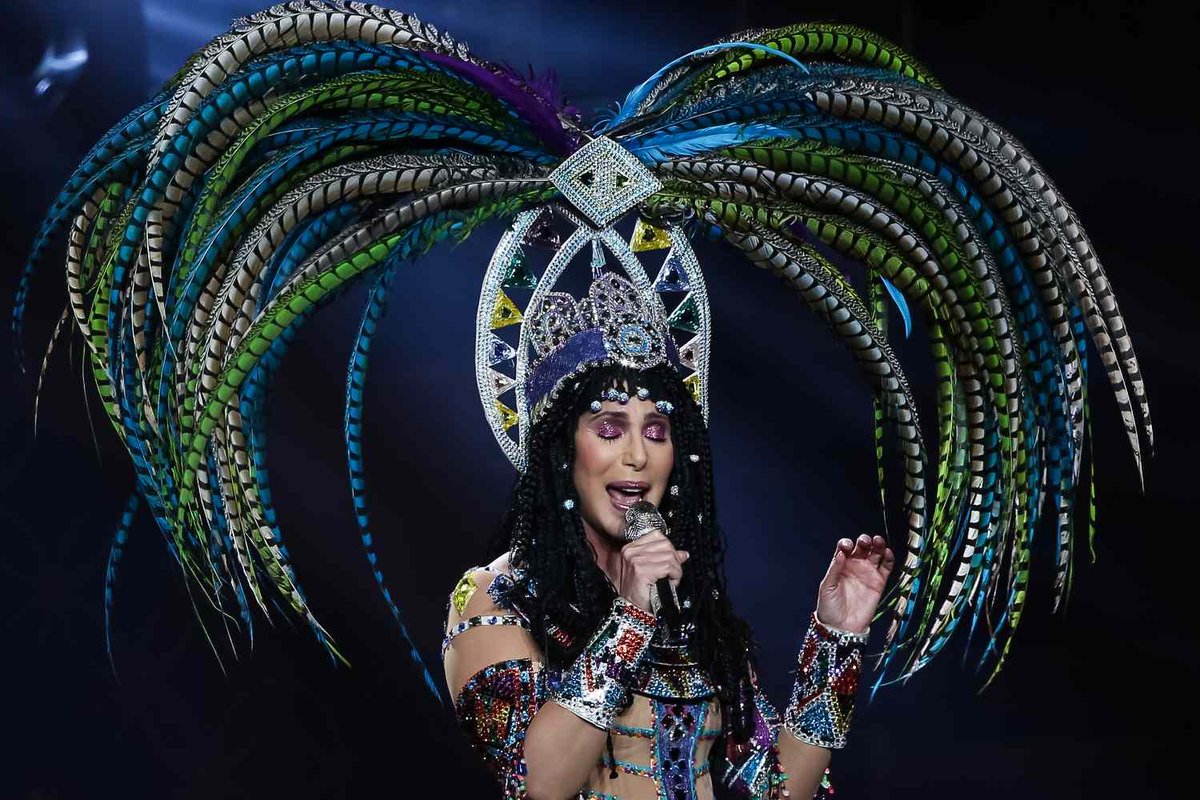
Caviar - From Persian 'khāviyār', meaning fish eggs. It's interesting how so many luxury delicacy's names have Persian origins. The most expensive Caviar in the world is also from Iran. 
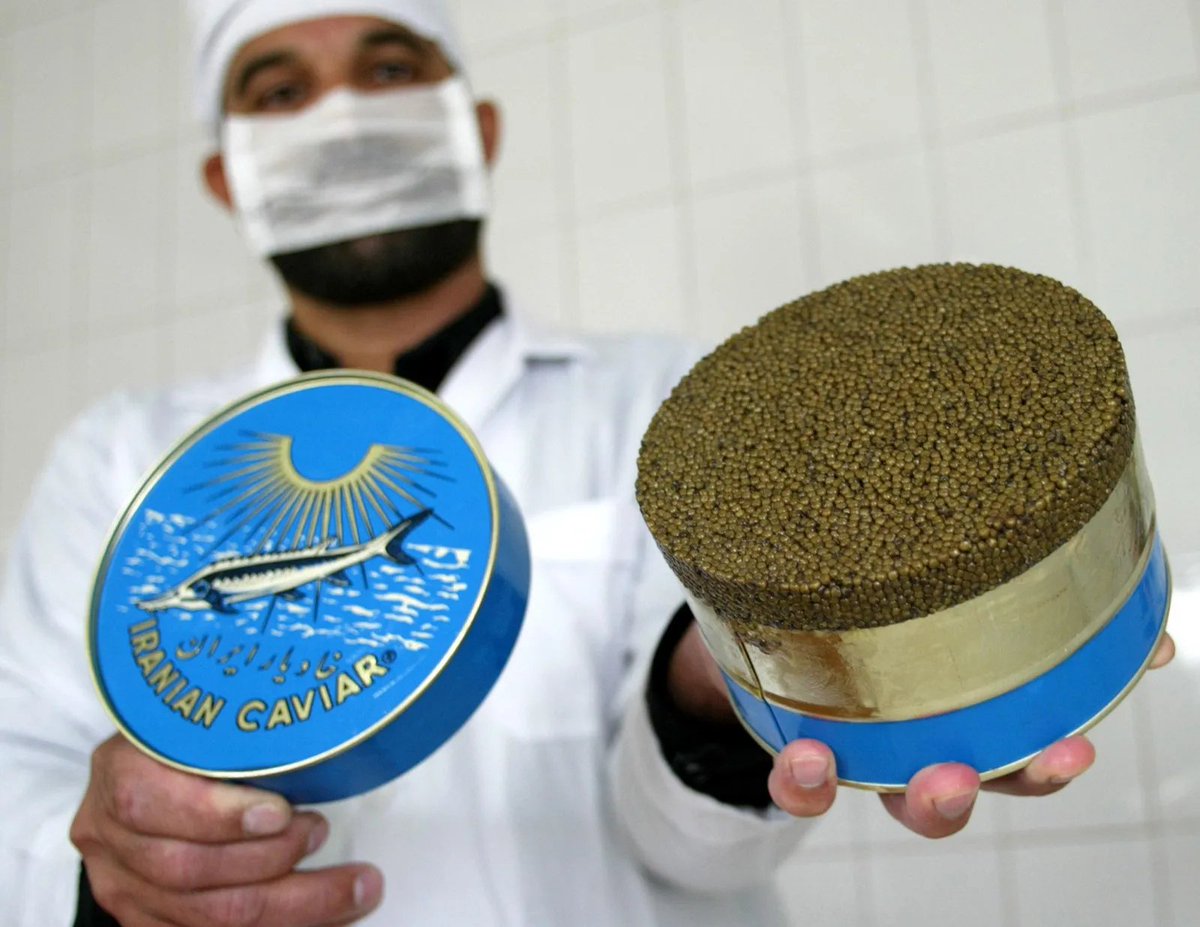
Caravan - Comes from Persian 'kārvān', referring to a group of travelers or merchants. It highlights ancient travel and trade practices. 
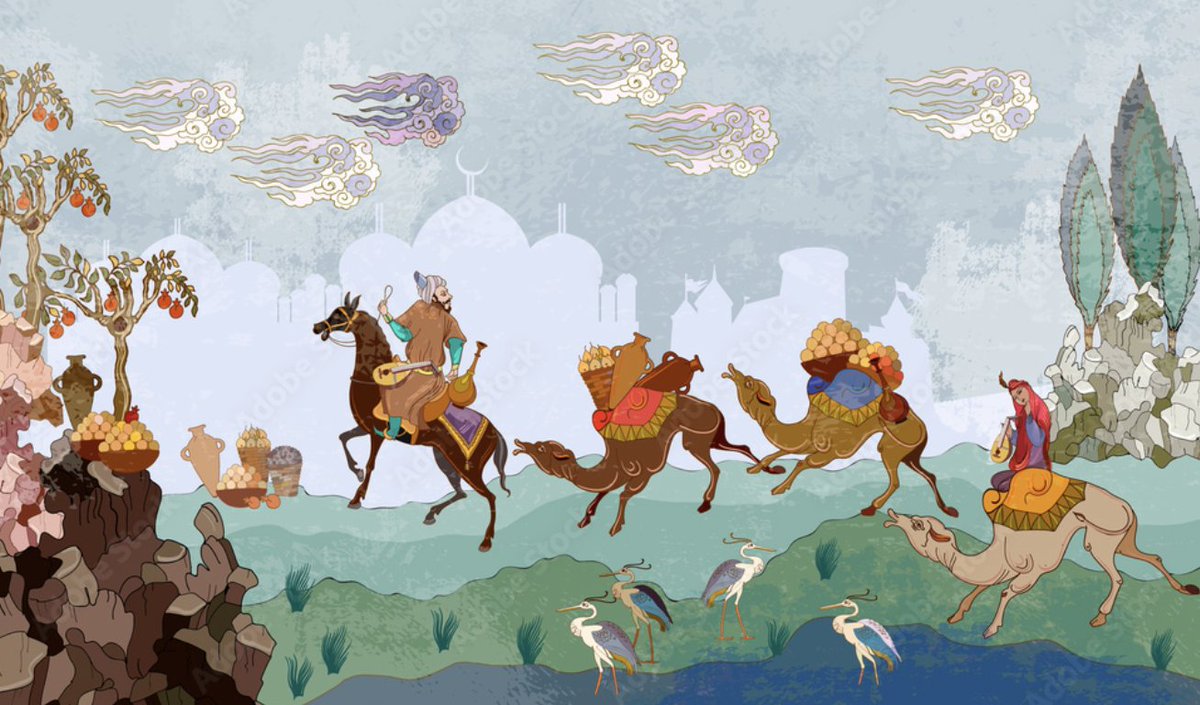
"Assassin" originating from 'ḥashshāshīn,' carries a captivating historical narrative, entwined with Persian legacy. This enigmatic label once denoted a secret society that began in the mountains of Iran lead by a man named Hassan-i-Sabbah.


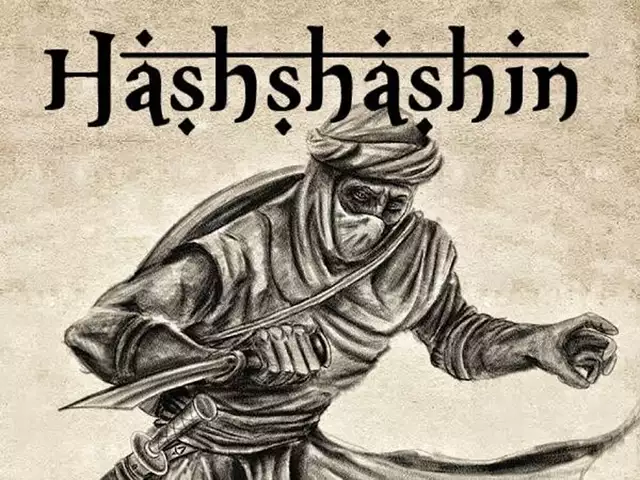
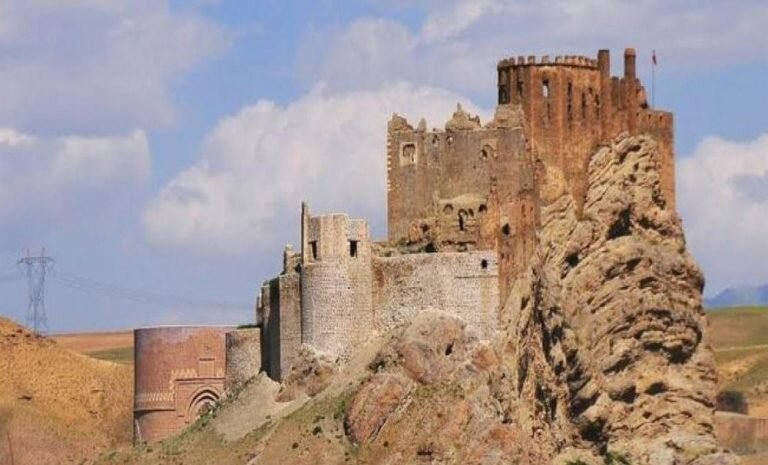
• • •
Missing some Tweet in this thread? You can try to
force a refresh


